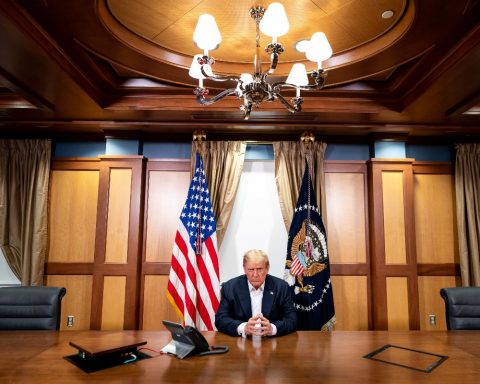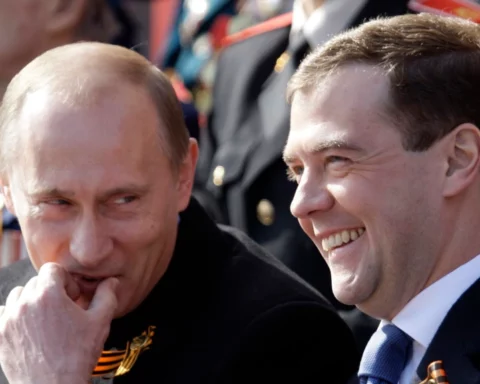European Commission chief Ursula von der Leyen is in Kyiv to discuss closer cooperation between Ukraine and the European Union.
“In Kyiv, for my 3rd visit since the start of Russia’s war. So much has changed. Ukraine is now an EU candidate,” von der Leyen said on Twitter ahead of meetings with senior Ukrainian officials, including President Volodymyr Zelenskiy, who had recently returned from a visit to areas the Ukrainian military has recaptured from Russian forces in eastern Ukraine.
“I’ll discuss with Zelensky and (Prime Minister) Denys Shmyhal how to continue getting our economies and people closer while Ukraine progresses towards accession,” she said.
Ukraine became a candidate for EU membership in June, a move that Moscow claimed was part of the West’s efforts to isolate Russia internationally after it launched its unprovoked invasion of Ukraine in late February.
Von der Leyen announced the visit to Kyiv the day before in a speech to the European Parliament in Strasbourg in the presence of Ukraine’s first lady, Olena Zelenska.
The overwhelming majority of EU countries have staunchly supported Ukraine since the Russian invasion by hitting Russia with waves of economic penalties.
Many members of the bloc have supplied Kyiv with advanced weapons that have helped the Ukrainian military regain control over swaths of territory Russia took in the early weeks of the war.
Zelenskiy, who on September 14 visited areas the Ukrainian military recaptured from Russian forces, said there was large-scale devastation in towns and cities there while the major city of Kryviy Rih struggled to contain damage to its water system from Russian missile attacks.
Despite the devastation left behind by Russia’s troops, Ukrainian forces continue to consolidate their control of the newly liberated areas of Kharkiv region, Britain’s Ministry of Defense said in its regular intelligence bulletin on September 15.
The British intelligence assessment suggested that Russian forces have largely withdrawn from the area west of the Oskil River in eastern Ukraine, abandoning high-value equipment that included capabilities essential to enable Russia’s artillery-centric style of warfare.
The British bulletin also indicated that while some units retreated in relatively good order and under control, “others fled in apparent panic” during the Ukrainian blitz counteroffensive.
Separately, Security Council Secretary Oleksiy Danilov told Ukrainian Channel 24 television that the ratio of personnel losses during Ukraine’s counteroffensive was 1 to 9-10 in favor of Kyiv’s forces. The information could not be independently confirmed.
In Kryviy Rih, the largest city in central Ukraine, with an estimated prewar population of 650,000, eight Russian cruise missiles hit a hydropower system on September 14, officials said.
Zelenskiy said in his daily video address released early on September 15 that the missile strikes hit the Karachunov reservoir dam. The water system had “no military value” and hundreds of thousands of civilians depend on it daily, he said.
The video, released after Zelenskiy’s return to Kyiv from his visit to the liberated areas in the northeast Kharkiv region, came out later than his usual nightly address and followed word from his office that his car had collided with a private vehicle in Kyiv on its way back from the visit.
“The president was examined by a doctor, no serious injuries were found,” presidential spokesman Serhiy Nykyforov said in a Facebook post early on September 15, without specifying what injuries Zelenskiy might have suffered.
The driver of the other vehicle received first aid from Zelenskiy’s medical team and was taken away by ambulance, Nykyforov added. He added that the circumstances of the accident were under investigation.






